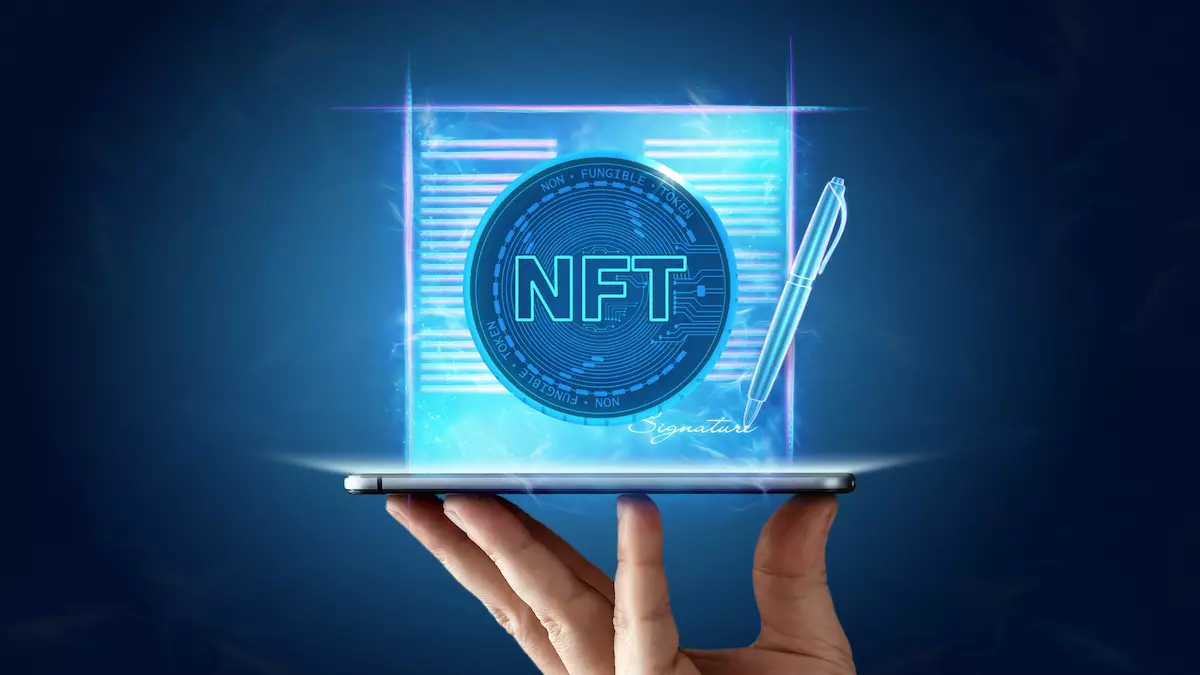With the rapid progression of technology, the landscape of digital ownership and interaction is continuously evolving. One of the latest advancements in this realm is the emergence of Autonomous NFTs. These digital assets combine the unique properties of NFTs with the self-executing capabilities of smart contracts. In this article, we will delve into the concept of Autonomous NFTs, explore their functionalities, and analyze the potential impact they can have on various industries.
Autonomous NFTs take the concept of NFTs to the next level by incorporating self-governing features into these digital assets. While traditional NFTs represent unique digital items, Autonomous NFTs go beyond that by utilizing smart contracts to automatically execute specific actions under predefined conditions. These NFTs possess several advanced features, such as decentralized consensus mechanisms for transparent and inclusive governance, machine learning algorithms for adaptability to user interactions and changing environments, and oracles for real-world data integration, enabling informed decision-making.
At the core of NFTs are smart contracts, which are self-executing contracts with terms directly integrated into code. Smart contracts eliminate the need for intermediaries by enabling NFTs to carry out actions like transferring ownership, releasing content, and interacting with other NFTs. However, the functionality of Autonomous NFTs extends far beyond simple ownership confirmation. They can be programmed to evolve over time, react to external data, and integrate with other digital ecosystems, providing dynamic and interactive experiences for users.
In the realm of digital art, Autonomous NFTs have the potential to revolutionize how artists create and share their work. Artists can embed royalties directly into their NFTs, ensuring automatic compensation every time their art is sold. Furthermore, Autonomous NFTs can enhance the value and appeal of collectibles by adding layers of interaction and history. By triggering specific events or unlocking new content, these NFT collectibles create a living story for their owners, fostering deeper engagement.
Autonomous NFTs can propel the metaverse into an era of heightened engagement by functioning as non-player characters (NPCs). These NFTs can offer interactive quests and dynamic storylines, enriching the virtual experience and making the metaverse more vibrant, collaborative, and immersive. Game creators can develop NFT wearables for avatars, allowing them to change shape, color, and design based on real-time updates and in-game developments.
In the financial sector, Autonomous NFTs have the potential to represent shares in physical assets like real estate or artwork. These tokens can autonomously distribute earnings based on asset performance or usage. For real estate, smart contracts within Autonomous NFTs can facilitate transactions such as mortgages or leases, automatically enforcing terms and managing payments, eliminating the need for traditional banking services. Additionally, autonomous NFTs can provide enhanced protection for creators’ intellectual property rights by embedding copyright and licensing information within the NFTs.
As with any emerging technology, Autonomous NFTs face regulatory challenges that must be addressed for widespread adoption. Ensuring compliance with existing laws and developing new frameworks that govern their use are paramount. Furthermore, the security of Autonomous NFTs can be compromised if supplied with tainted data through breached oracles. The complexity of smart contracts and scalability issues of blockchains also pose challenges for mass adoption.
The future of Autonomous NFTs holds great promise for a more interactive and dynamic digital world. Advancements in technology will likely lead to more sophisticated tokens, enabling richer digital experiences. These NFTs can drive innovation in ownership and monetization models for creators and users, opening up new avenues for creativity and business. By utilizing consensus mechanisms, Autonomous NFTs can engage in decentralized decision-making, actively participating in governance roles and adapting their actions according to community feedback. As more people become aware of the possibilities offered by Autonomous NFTs, their adoption is expected to accelerate, leading to a future where digital and physical assets coexist on the blockchain, and ownership becomes as dynamic and multifaceted as the assets themselves.
Autonomous NFTs represent a groundbreaking development in the world of digital ownership. These unique digital assets, empowered by smart contracts, have the potential to transform various industries, from art and entertainment to finance and real estate. By incorporating self-governing features and enabling dynamic interactions, Autonomous NFTs open up new possibilities for creators, collectors, and users to engage with the digital world. However, challenges like regulatory compliance and technological limitations must be overcome for Autonomous NFTs to reach their full potential. As technology continues to advance, the true extent of the transformative power of Autonomous NFTs will undoubtedly be realized.















